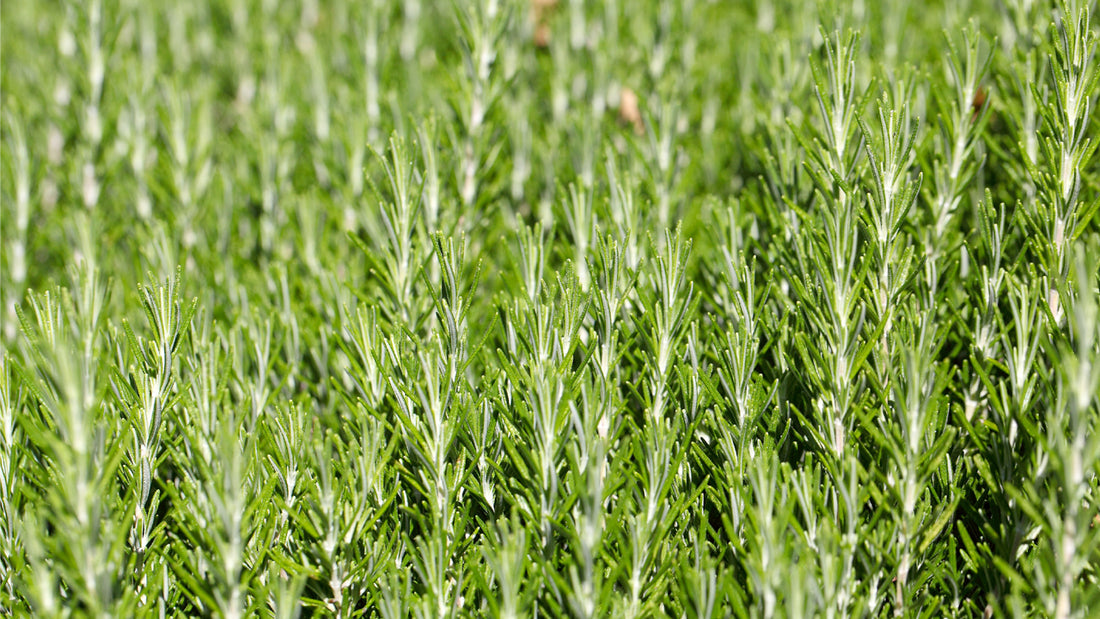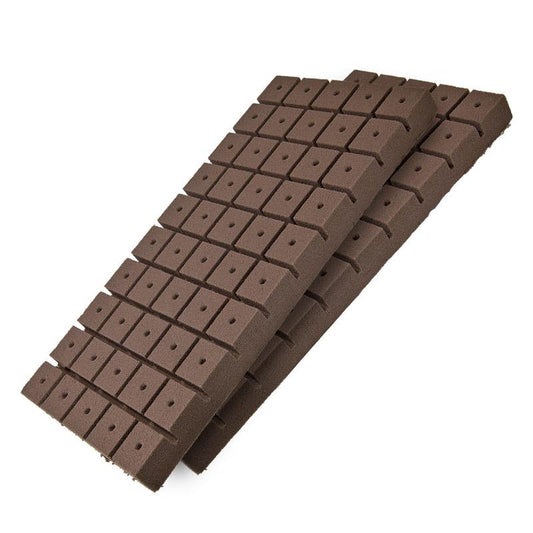When taking cuttings of difficult to propagate plants, especially in the semi-ripe and hardwood stages, it is often necessary to take a special step to encourage root formation. There are two choices of which step you will take for your cuttings: wounding and heel cutting. Both choices help roots form by exposing the cambium layer of the stem or branch cutting, where undifferentiated cells will grow into roots. Removing the bark also can help prevent that bark from becoming a physical barrier to root growth.
Wounding

- Wounding is the more common of the two options.
- When a cutting is made from a piece of stem or branch, the cut exposes only a tiny bit of cambium.
- Wounding is simply the process of removing some of the outer layer of stem or the bark covering the cambium, so that this layer is visible.
- To wound a cutting, take a very sharp, clean knife and slice away the outer layer deeply enough to see the green cambium.
- For most plants, removing a one inch strip at the bottom portion of the cutting is sufficient.
- Wounding is a good strategy for most hard-to-root cuttings, including figs and other fruit trees, and also is the best method for broad-leaved evergreen trees such as magnolia.
Heel Cutting
Unlike wounding, heel cutting is not an extra step. Instead of making a straight cut and then peeling off some of the bark as in wounding, a heel cut exposes the cambium all in one step. This is where a strip of bark from the parent plant (the “heel”) is retained at the bottom of the cutting itself when the cutting is made. This heel contains exposed cambium cells.

- To take a heel cutting, only slice part way through the section to be removed from the parent plant.
- Then pull off the cutting with a downward motion, so that the resulting cutting has what looks like a tail of bark (the heel) below the cut.
- If the heel is ragged or excessively long, you can trim up the tip a little.
- Remove the lower leaves on the piece.
- Heel cuttings are especially effective for plants with pithy stems such as elder, and for plants that are older or less vigorous than would be ideal.
- It is also a good choice for semi-ripe cuttings of rosemary and other of perennial herbs.
Propagate your plants with confidence using these easy and time-tested techniques!






1 comment
Very clear and precise information learned something new and at my age(76) proves you are never to old to learn you can teach an old dog new tricks